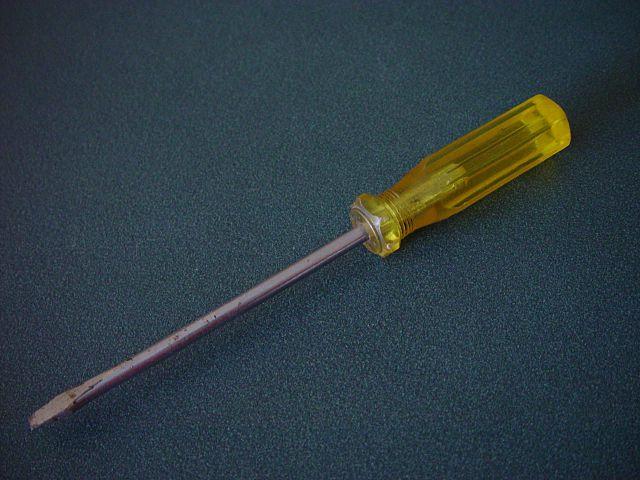Screwdrivers are a common tool found in any toolbox, but they can be dangerous if not used properly. Here are the top 10 safety tips for working with screwdrivers. By following these safety tips, you can reduce the risk of injury and improve the longevity of your screwdrivers. As always, it’s important to be aware of your surroundings and use tools in the manner in which they were intended to be used. Remember, when in doubt, always consult the instructions for your specific screwdriver before getting started.
- Always select the right screwdriver for the job. Using the wrong type of screwdriver can result in stripped screws or even injury. It is important to ensure that the screwdriver and screw head are properly aligned in terms of both size and type.
- Hold the screwdriver firmly with a comfortable grip. This will give you better control and reduce the risk of slipping and causing injury.
- Keep the screwdriver tip in good condition. A worn or damaged tip can cause the screwdriver to slip, leading to injury or damage to the workpiece.
- Always use the screwdriver with the appropriate level of force. Applying too much force can cause the screwdriver to slip, while not applying enough force can make the task more difficult.
- Always use safety goggles when working with power tools. These tools can produce flying debris that can cause eye injuries.
- Wear gloves to protect your hands from cuts and scrapes.
- Use a screwdriver with an insulated handle when working with electricity. This will help protect you from electric shock.
- Dispose of old or damaged screwdrivers properly. A damaged screwdriver can break and cause injury.
- Always unplug power tools before making any adjustments or repairs. This will help prevent accidental start-ups that can cause injury.
- Keep your work area clean and organized. A cluttered work area can lead to accidents and injuries.
Did You Know?
The use of screwdrivers dates back as far as the late Middle Ages, estimated to have been invented in either Germany or France around the 15th century. These tools were initially known in German and French respectively as Schraubenzieher (screwpuller) and tournevis (turnscrew), with their first documentation recorded in a manuscript called Housebook of Wolfegg Castle written between 1475-1490. For the next three centuries, evidence of the screwdriver was scarce; our only assurance being screws. Its early form had a pear-shaped handle and could be used for slotted screws alone. It wasn’t until the Gilded Age that diversification began to take shape within different types of screwdrivers.










